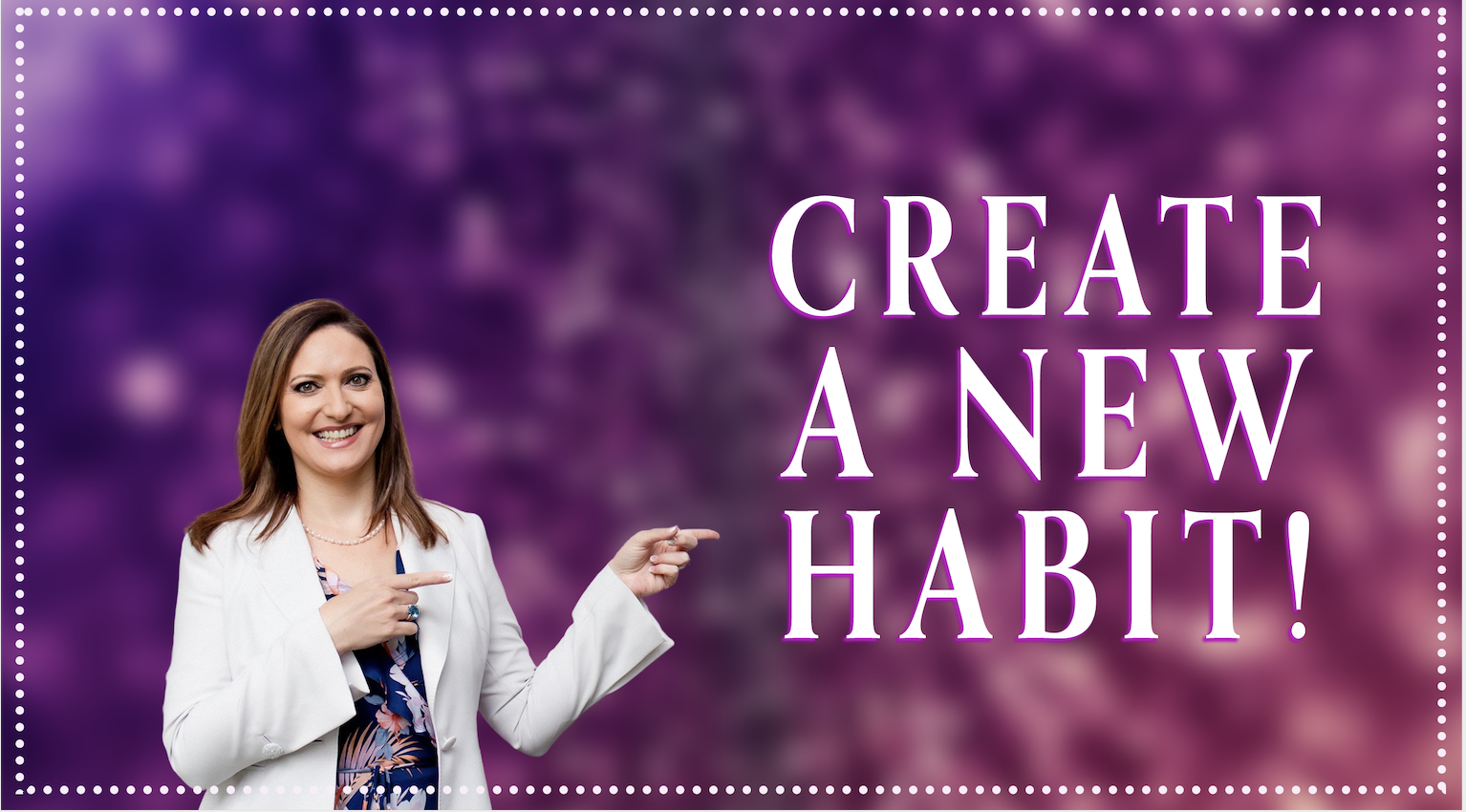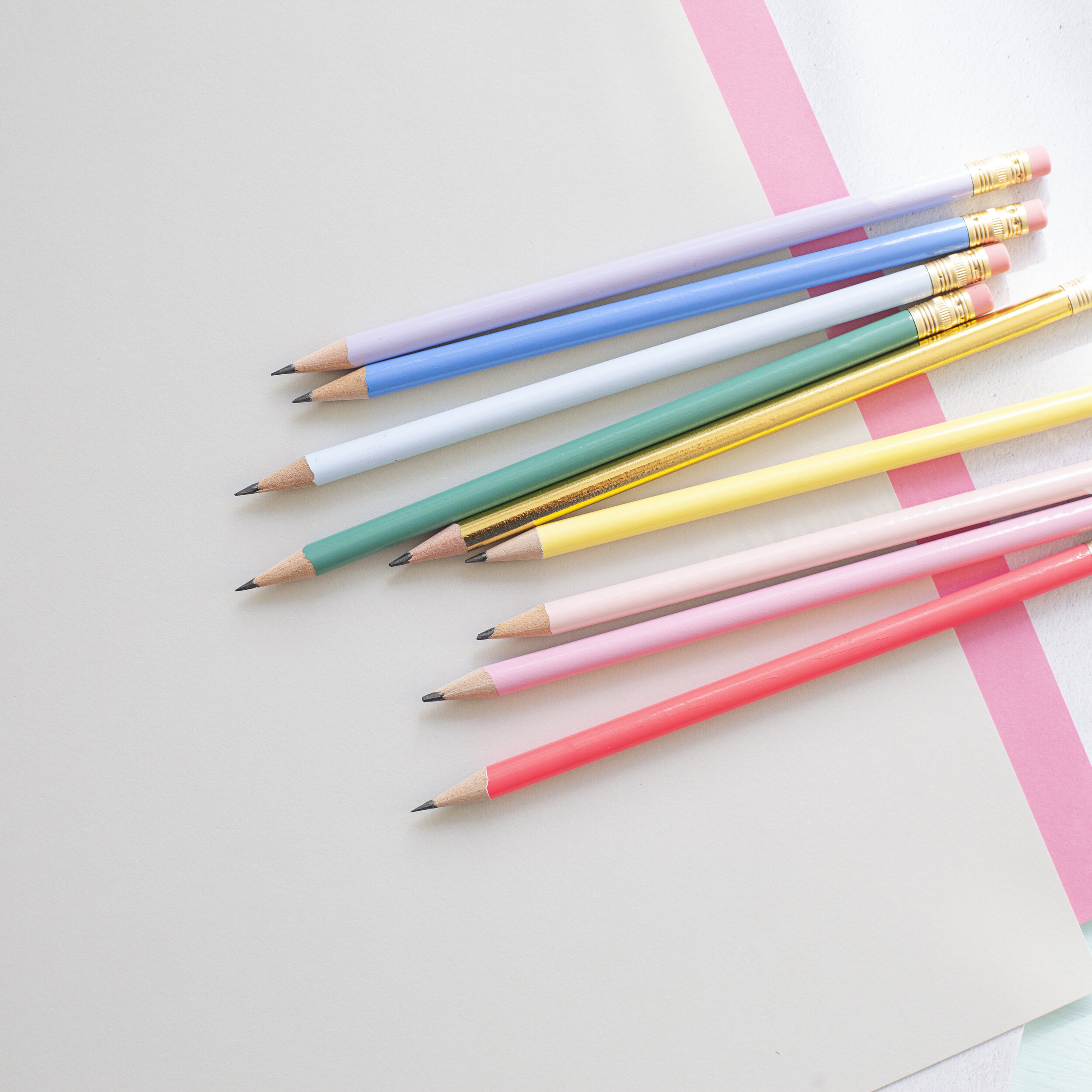How to Create a New Habit That’ll Stick
What if you had a daily donut habit? How would you kick it and turn it into a daily apple habit? Keep reading to find out. | Photo from Unsplash
Does habit creation actually matter?
It sure does.
In fact, much of your life is made up of habits you never even intended to create.
Habit formation has always been a fascinating science to me. In high school and university, I found the human body, physiology, and psychology particularly interesting. That's why I attained my first degree in Human Kinetics.
Today I find myself delving into this topic because I know it's an area that is gaining more traction as neuroscience evolves. It's also critical for anyone who wants to achieve important goals and build a more successful life.
According to researchers at Duke University, 45% of what we do is habitual. We've created lives largely made up of habits.
Quote from Habits—A Repeat Performance David T. Neal, Wendy Wood, and Jeffrey M. Quinn of Duke University:
Our own interest in habits has been fueled by the recognition that much of everyday action is characterized by repetition. In experience-sampling diary studies using both student and community samples, approximately 45% of everyday behaviors tended to be repeated in the same location almost every day." (Quinn & Wood, 2005; Wood, Quinn, & Kashy, 2002).
So today, I wanted to share with you how you can create a new habit and actually stick with it!
Watch the Video and Start Creating a New Habit
How to Form a New Habit in 3 Steps
The three steps to forming a new habit are as follows:
Understand
Apply
Execute
1) Understand: Human Psychology and Our Habits as Humans
Over time, we have come to learn more about the human body and neuroscience.
Researchers now know that the basal ganglia is a part of our brain central to recalling patterns and acting on them. The basal ganglia basically stores habits even when the rest of the brain isn't engaged. Scientists from MIT tested this using rats in a maze. As each rat learned to navigate the maze, its mental activity decreased.
The rats were able to 'think' less and less as the behaviour became automatic (after going through the maze over and over again).
The basal ganglia is a tiny, ancient neurological structure (the oldest part of our brains). It took over the automaticity of the rat's actions through the maze as the rat ran faster and faster, yet its brain worked less and less.
It is fascinating that all animals throughout history have had a basal ganglion as part of their physiology. It makes sense. Species cannot evolve unless they can create habits.
If you had to decide every time you took a step, or looked at a knife or a banana and had to decide which one to eat or not to eat, it would be so cognitively taxing you would never get anything accomplished!
What if you had to make a concious decision about your food every time you reached to eat something? You might never eat again!
Understanding Habit Loops
According to Charles Duhigg, a habit loop contains 3 things:
Cue
Routine
Reward
Let’s break each part of the habit loop down.
i) Cue:
Basal ganglia says to the rest of our brain this: "Stop paying attention. I'm going to take over now." On an almost subconscious level that's what we hear. When I see the cue, I'll do the next part of the habit loop.
ii) Routine:
The behaviour that feels automatic.
iii) Reward:
It's the cues and the rewards that shape why and how we do what we do! If you can learn to influence the cues and rewards, then you can change your habits. You made a choice at some point. But then that choice became automatic. You continued with the behaviour because it delivered a reward when you were exposed to a certain cue.
Now let’s look at how you can apply this knowledge.
2) Apply: Learn to identify a new habit loop of your own
This is the time to apply the information about what makes habits stick and identify one area you wish to tackle.
It may be a small habit that you don't have control over and would like to address. It might be anxiety that has triggered you to smoke, eat a bag of chips, drink alcohol, yell at family members etc.
Identify when the trigger is coming.
Typically, all cues fall into one of five categories:
time of day
emotions you're feeling
presence of particular people
behaviour that has become ritualized
specific location.
It is easy for us to think we know which one of these is the cue, but life is complicated, and it is difficult to figure out what the cue is.
— CUE-AWARENESS ACTIVITY —
Write on a piece of paper when you have the urge to do the 'habit' you wish to change. In a few days, you’ll better understand what your cue is. This is called cue awareness. It might be the time of day, your emotions…or something else. Once you become aware of cues, you are more sensitive to them and can change them.
For the Cue-Awareness activity, all you need is a pencil and paper. | photo from unsplash
One of my bad habits used to be nail biting.
Was it the location, an emotion, or the behaviour itself that had become ritualized for me?
As it turns out, stress is the emotion that brings about my nail biting. The location of sitting at my desk reading something in a book or on the computer would bring it about. But actually, it was just that the behaviour had become ritualized.
Solving this habit loop was as simple as painting my nails or having them professionally done, so they looked pretty.
I wouldn't want to ruin the look of pretty nails, so I didn't bite them any more. This change interrupted the pattern of behaviour.
I created the routine of getting my nails done professionally once every month. The reward of the pretty nails was more satisfying than the release of tension from biting my nails and subsequently regretting it later.
Let's now look at how you can implement a new habit loop so it sticks!
3) Execute: Implement a new cue-routine-reward to make a habit stick!
To create a brand new habit, it is suggested that a new cue or trigger will create a craving.
Once done repetitiously, it will become automatic when the cue and reward are in place.
But to change an old habit, you must address the old craving. Keep the same cues and rewards that you already have but feed the craving by inserting a new routine.
Summary
45% of your daily actions are habitual.
Your habits are stored in the basal ganglia.
To create a new habit, you must understand your own psychology, apply your knowledge to design a new habit loop, and execute a new routine.
To create a new habit, you need to decide on a new cue and a new reward.
To change an old habit, you need to deal with the old craving. You could do this by keeping the same cue and reward, but inserting a new routine.
Eventually, if you work on this and experiment, you can turn 45% of your daily life into positive habits that help you achieve your goals!
You are now well on your way in creating the habits you want your basal ganglia to take on automatically each day on your behalf! (wink).
More Great Articles to Feed Your Brain
Hi! I’m Amanda Da Silva.
I’m a mother of two boys, a wife, daughter, teacher, entrepreneur, former CEO, and life-long learner. I’m all about personal growth, community 💕, and being of service. (Find out more about me here.) In addition to being passionate about personal development, I’m an educator and coach with 20-years experience teaching and leading in the BC school system. I have a B.Hkin, B.Ed, and M.Ed, specializing in leadership and administration. Creating community and leading thriving teams are two of my favourite things to do. I also love helping people live empowered and growth-oriented lives.
I hope you’ll join me as we build our success together! 🙌






